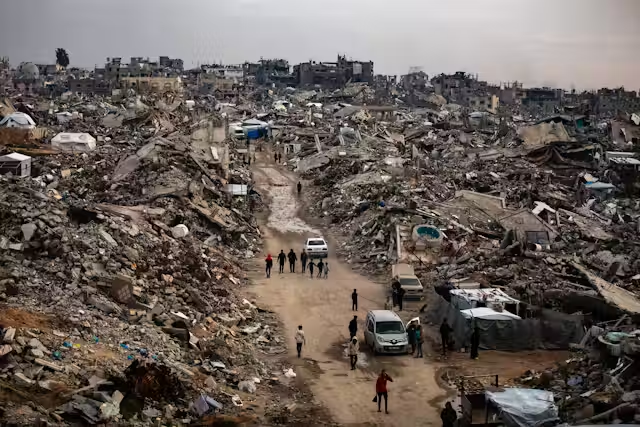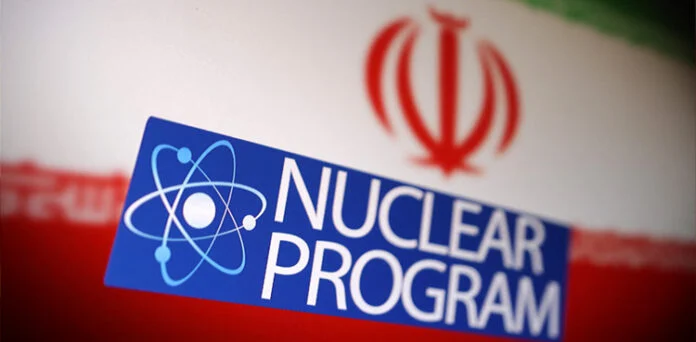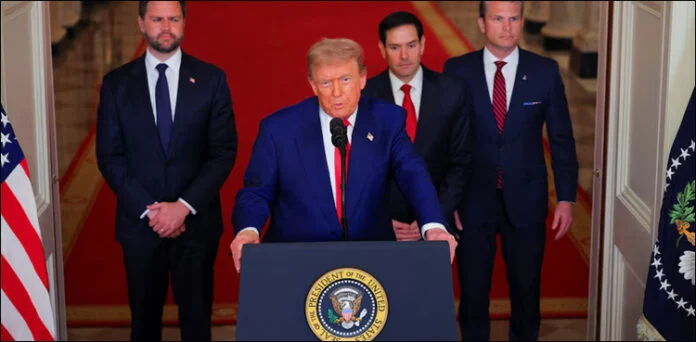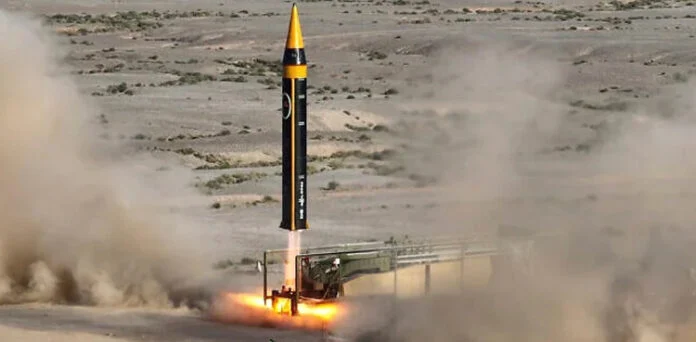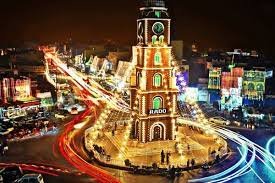
History of Sialkot: A Glimpse into its Rich Heritage
Sialkot, one of Pakistan’s oldest cities, is located in the northeastern part of the Punjab province. It has a rich history that dates back thousands of years, and its strategic position at the crossroads of several major empires and trade routes has shaped its cultural, political, and economic significance. The city’s contributions to art, industry, and sports have made it a renowned hub in modern Pakistan.
Ancient and Medieval History
Sialkot’s history dates back to ancient times. The region is believed to have been inhabited since the Indus Valley Civilization (around 2000 BCE). It was known as Sagala during the time of Alexander the Great, who conquered the area in 326 BCE. According to Greek historians, the city was a significant center in the region at that time, though its exact location is debated among scholars.
Sialkot’s importance continued in the centuries following Alexander’s invasion, as it was absorbed into various empires. It was part of the Maurya Empire and later, the Gupta Empire. The region’s central location made it an important stop on trade routes that connected the Indian subcontinent with Central Asia, the Middle East, and beyond.
Islamic Era
The Islamic period in Sialkot began in the 8th century when the region was incorporated into the Ghaznavid Empire, under Mahmud of Ghazni. The region saw several Muslim rulers in the medieval period, and Sialkot became a significant part of the Delhi Sultanate and later the Mughal Empire. During the Mughal period, the city was known for its rich cultural heritage and architectural developments. Many mosques, schools, and public buildings were constructed during this time, making it an important center of Islamic learning and culture.
In the 16th century, under Mughal Emperor Akbar, Sialkot was established as an important administrative and trade center. The Mughals improved the infrastructure of the city, constructing roads and waterways that facilitated trade. The Mughal rulers also contributed to the development of local industries, including textiles, pottery, and metalwork.
British Colonial Era
The British took control of Sialkot during the Second Anglo-Sikh War in 1849, following the fall of the Sikh Empire. Under British rule, Sialkot grew in prominence as a center for manufacturing, especially for goods like leather, sports equipment, and textiles. The city’s industrial capacity developed significantly during this period, and Sialkot became known for producing high-quality products, especially in leather craftsmanship and sports goods.
The British also improved infrastructure, including the construction of railways, roads, and schools. During this period, Sialkot’s population grew as a result of urbanization, and the city became an important commercial and cultural hub in the region.
Post-Independence Period
After the creation of Pakistan in 1947, Sialkot continued to grow and develop. The city played an essential role in Pakistan’s economy, particularly through the export of goods. The famous Sialkot leather industry, which has been producing leather goods since the colonial era, continues to thrive and is considered one of the largest producers of leather products in the world.
One of Sialkot’s most well-known exports is sports equipment, particularly footballs, cricket bats, and hockey sticks. The city is the home of several major sports manufacturing companies that supply products to international markets, including the official FIFA World Cup footballs. Sialkot’s sports industry has given the city global recognition and earned it the title of “the sports goods manufacturing capital of the world.”
Cultural Contributions
Sialkot is not only known for its industrial prowess but also its cultural heritage. The city has produced a number of prominent figures in the arts, literature, and sports. Perhaps the most famous of these figures is Allama Muhammad Iqbal, the philosopher, poet, and politician who is considered one of the most important figures in Urdu literature and the ideology behind the creation of Pakistan. Iqbal was born in Sialkot in 1877, and his contributions to the intellectual and cultural fabric of Pakistan remain a major part of the city’s identity.
Sialkot is also known for its vibrant arts scene, particularly in music, literature, and traditional crafts like pottery and embroidery. The city has a rich tradition of Urdu poetry and classical music, and the legacy of its cultural contributions continues to influence the region today.
Modern Sialkot
In the modern era, Sialkot has grown into a thriving industrial city with a focus on exporting goods worldwide. The city’s industrial base is diverse, ranging from manufacturing to engineering, sports goods, surgical instruments, and textiles. Sialkot is home to several industrial estates and has one of the highest per capita income levels in Pakistan due to its export-oriented industries.
The city is also known for its advanced infrastructure, including modern transportation systems and educational institutions. The presence of hospitals, universities, and a growing number of businesses has made Sialkot an important center of commerce, industry, and education in Punjab.
In recent years, the government of Pakistan has also worked to promote Sialkot as a city of technological innovation. There are various projects aimed at upgrading the city’s infrastructure, including the development of a new airport and the expansion of industrial zones.
Conclusion
Sialkot’s rich and varied history, from ancient times through the British colonial period to its current position as an industrial powerhouse, illustrates the city’s resilience and ability to adapt to changing political, cultural, and economic landscapes. Whether it’s as a center of trade, a hub of sports manufacturing, or as the birthplace of one of Pakistan’s most celebrated intellectuals, Sialkot has made a significant contribution to the region’s history and continues to play an important role in the country’s economic and cultural development.



